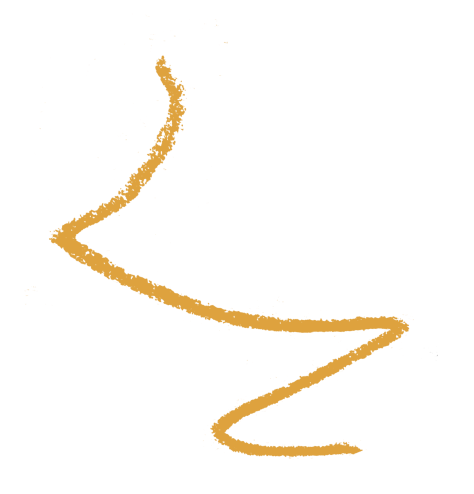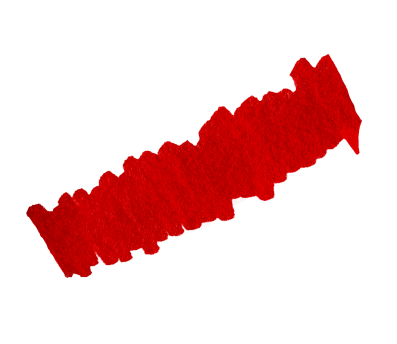


Freedom
Freedom can be defined as the ability to live without constraints, without having to submit to anyone else’s authority. To be free is to be autonomous; it’s having the ability to make choices.
Art can sometimes seem like a realm of total freedom: we can draw a giraffe chewing gum or build a model of an Egyptian pyramid turned upside down. And yet, all around the world and across time, we have examples of artists forced into exile so they can have the freedom to create. One need only think of Pablo Picasso or Marc Chagall.
Jean Paul was taken by the idea of freedom from a very young age. Even in the scouts, he was nicknamed Taureau la liberté (Bull of freedom)! But, it was only in the 1940s that Jean Paul learned, from his teacher Paul-Émile Borduas, what freedom meant for an artist. Inspired by the surrealists, Borduas encouraged his students to work without any preconceived ideas. Jean Paul and his friends let their imaginations run wild while they painted and became known as the Automatistes. In 1948, they wrote a manifesto called Refus global (Total Refusal) criticizing a society that was trying to keep them shackled to tradition and expressing their need for freedom.
For Jean Paul, the decision had already been made; he left for France, a place where he truly felt free, in 1947. At that time, France was the international hub for a new generation of eager, inquisitive artists seeking change. Jean Paul threw himself, heart and soul, into painting. In the 1950s and 60s he replaced his paintbrush with a knife, discovering a whole new freedom of movement, an enthusiasm and a depth that became the defining characteristics of his famous mosaics.
Jean Paul’s personal life was also defined by freedom. An experienced camper, he traversed Europe by motorcycle with his family. Throughout his life, whether he was behind the wheel of one of his beloved Buggatis, at the helm of his sailboat, the Sérica, traveling in Canada’s Far North or out among the snow geese at Cap-Tourmente, Riopelle lived fully and freely.
Read more
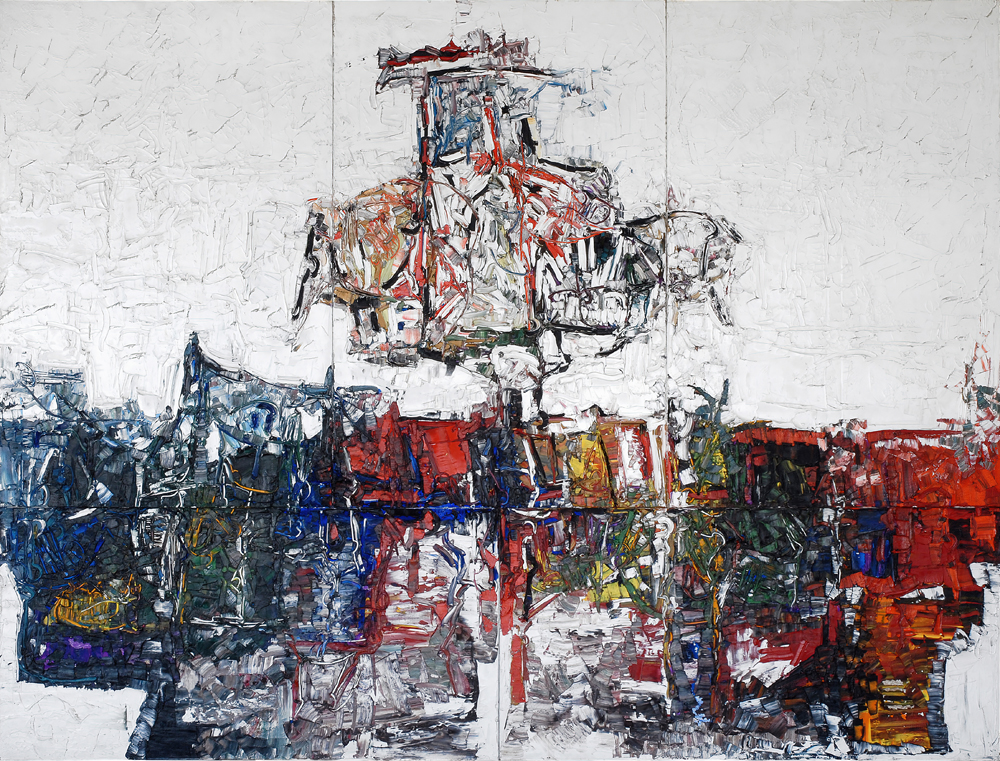
Jean Paul Riopelle, Point de rencontre – Quintette, oil on canvas, 428 x 564 cm, polyptych 5 panels (1963) © Estate of Jean Paul Riopelle / Copyright Visuals Arts – CARCC (2023)
" When I hesitate, I can't paint. When I paint, I never hesitate. "
Guy Robert, Riopelle chasseur d’images, Montréal, Éditions France-Amérique, 1981, p. 272.
Browse the works in the collection Freedom
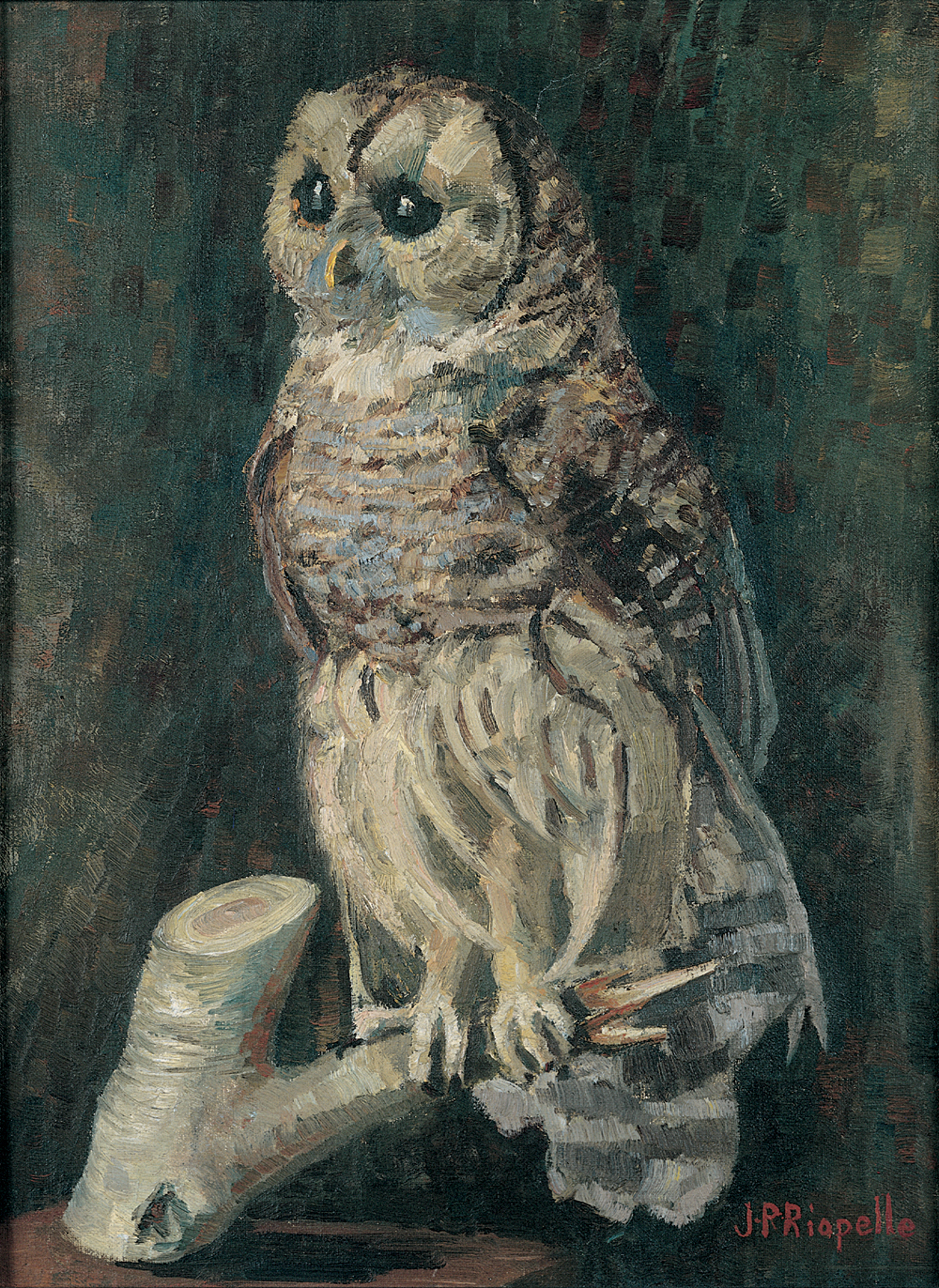
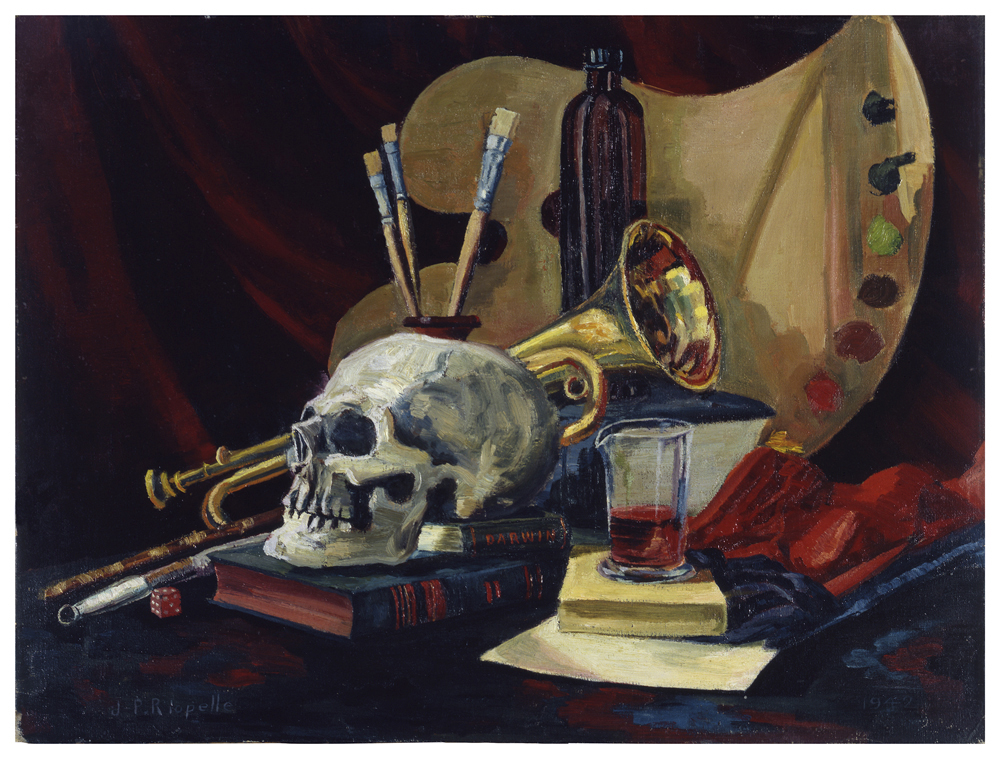
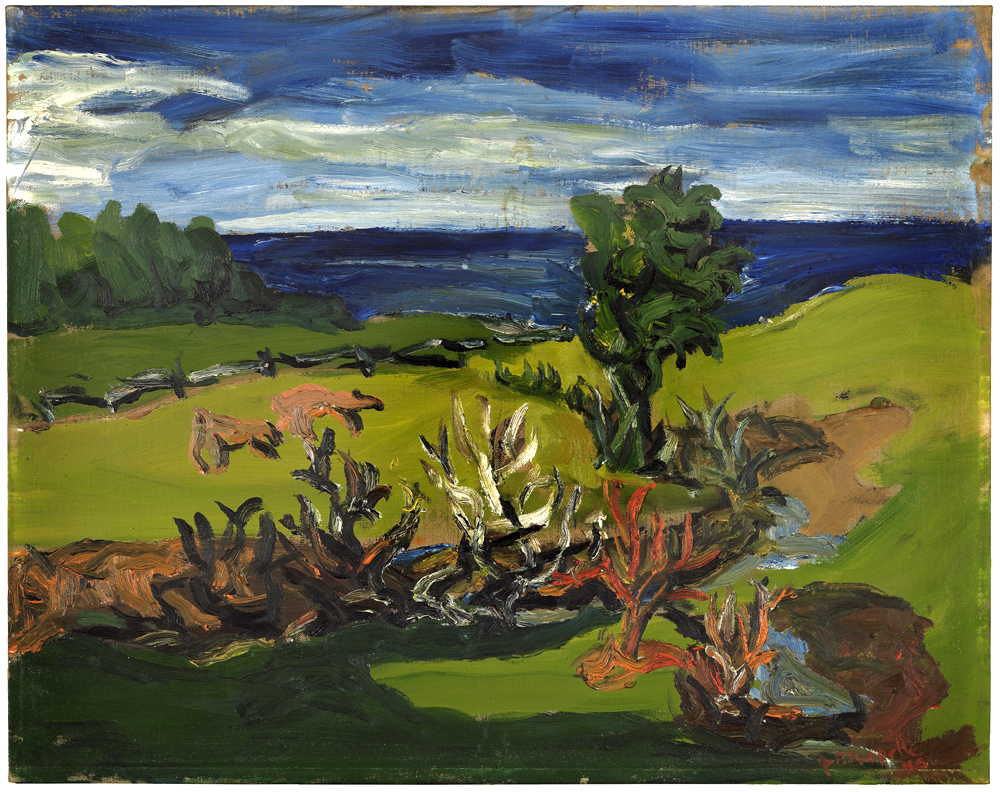
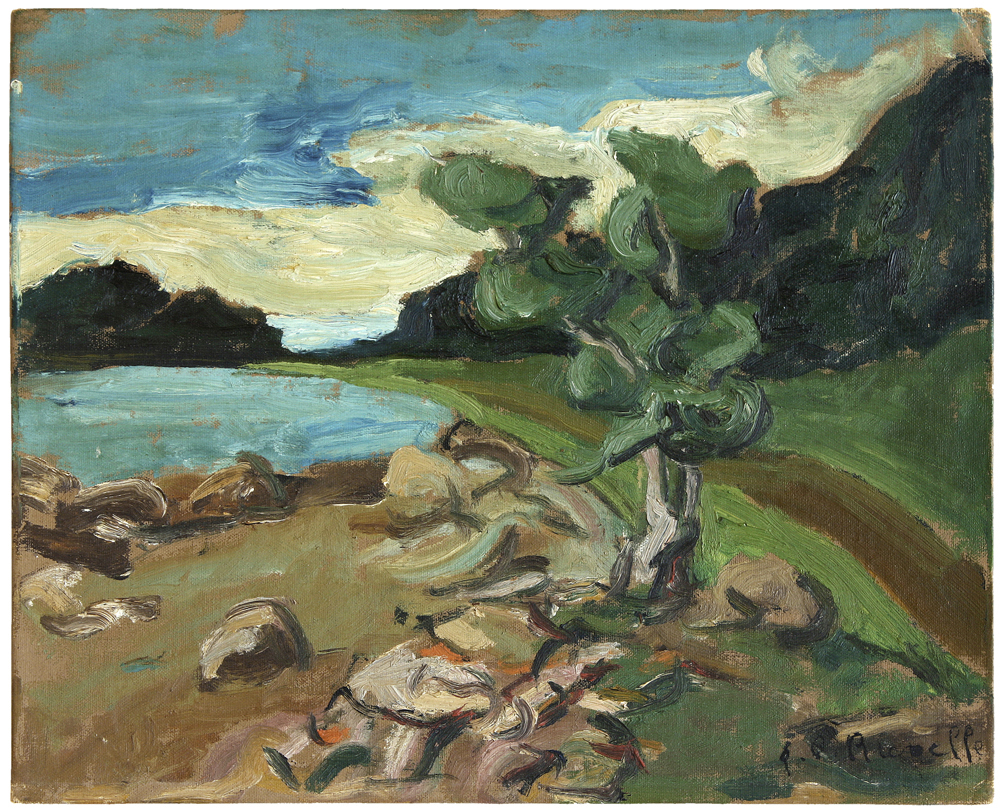
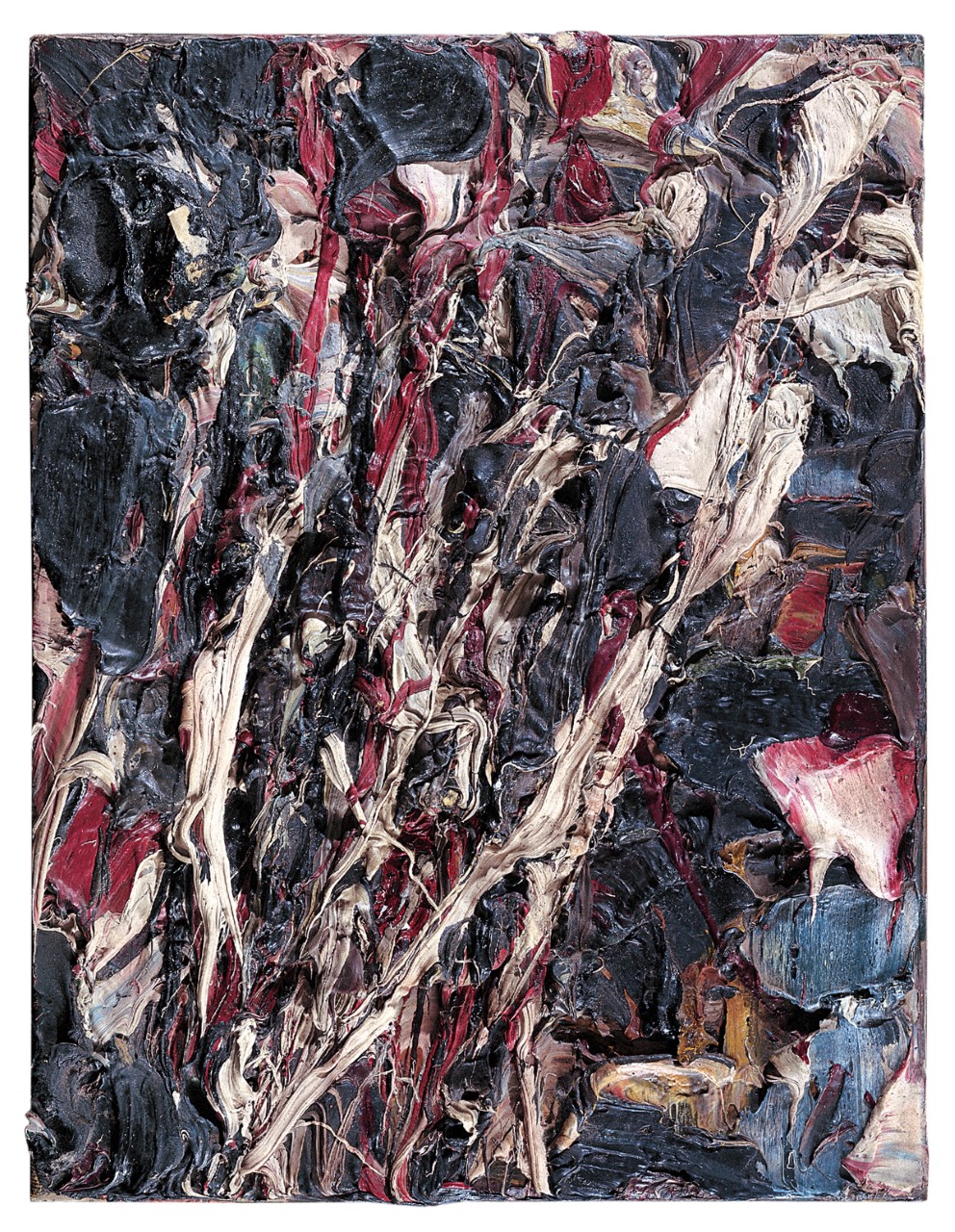
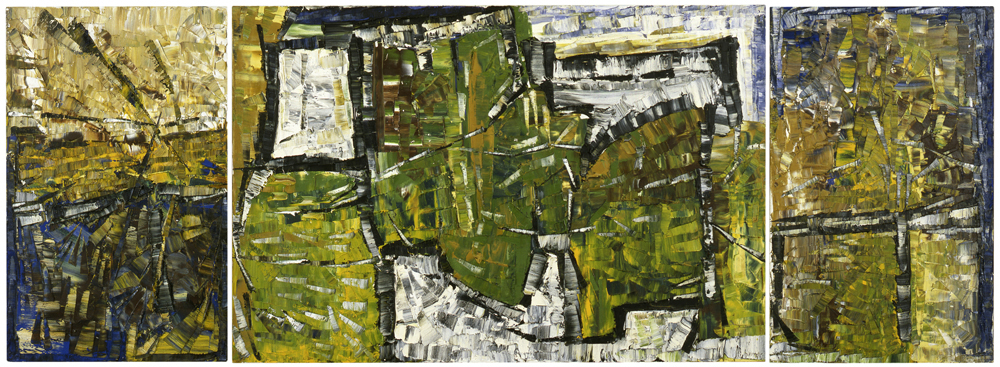
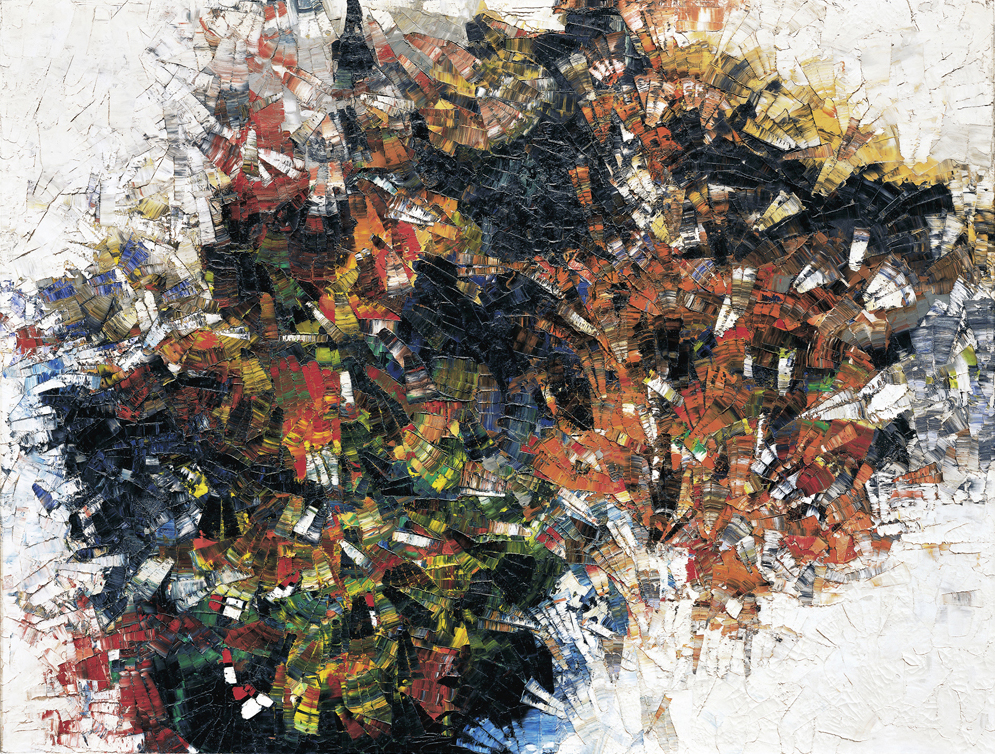
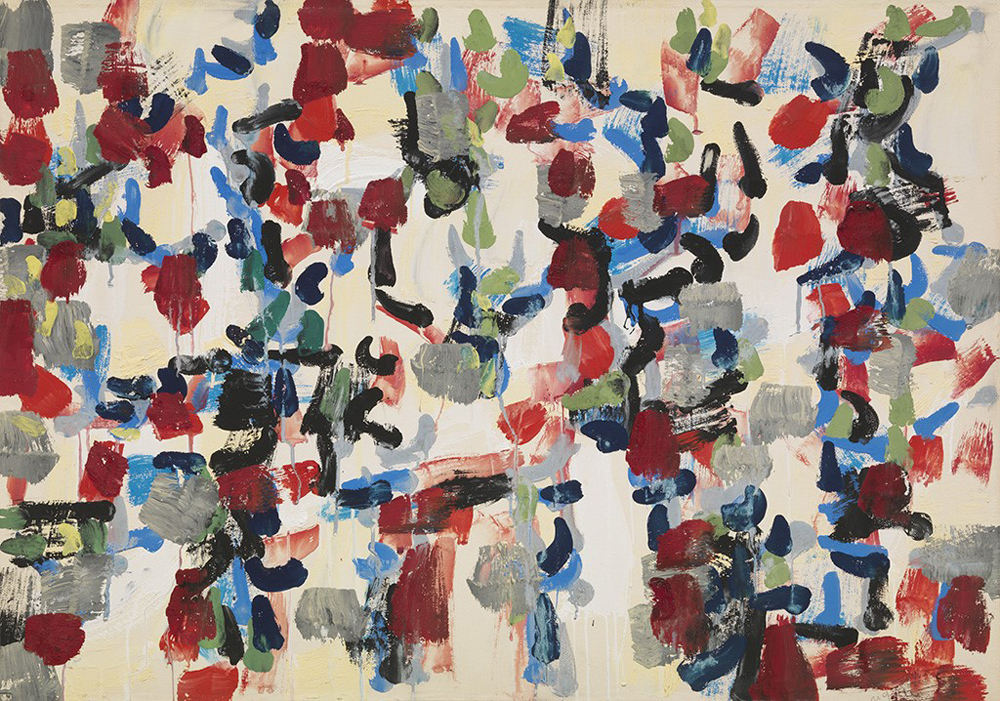
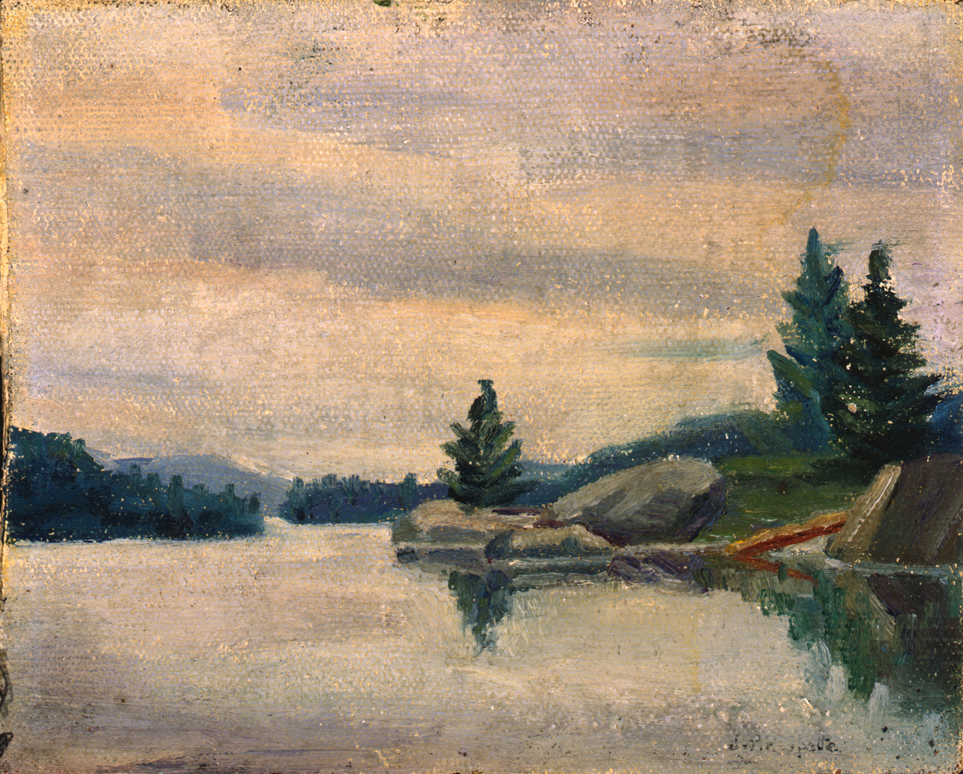
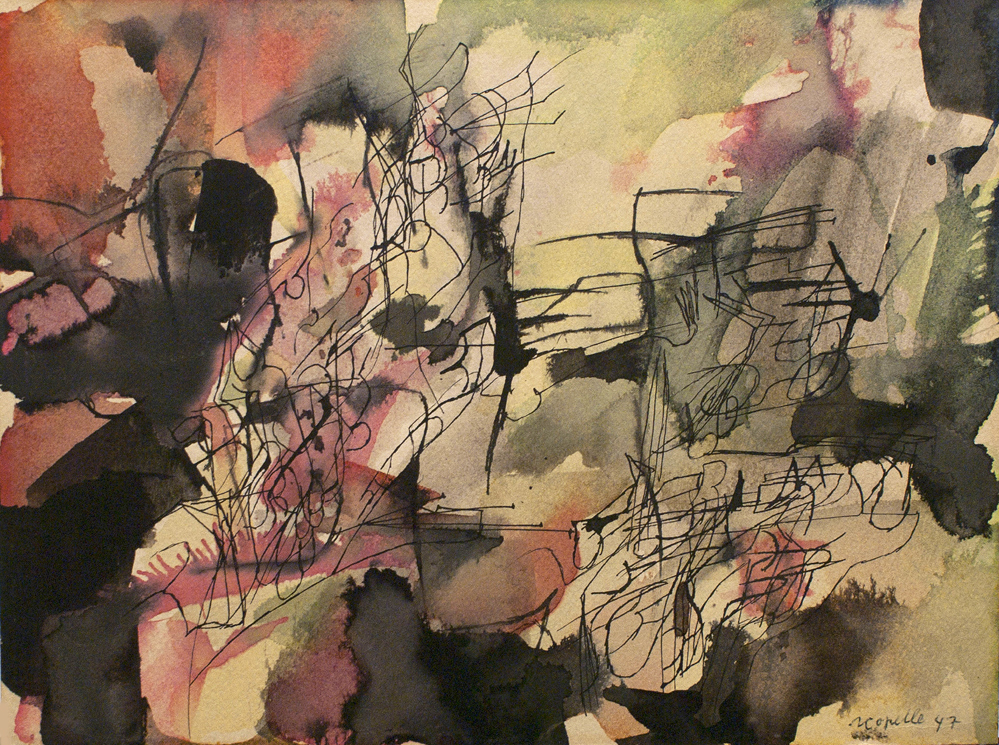
Discover photos
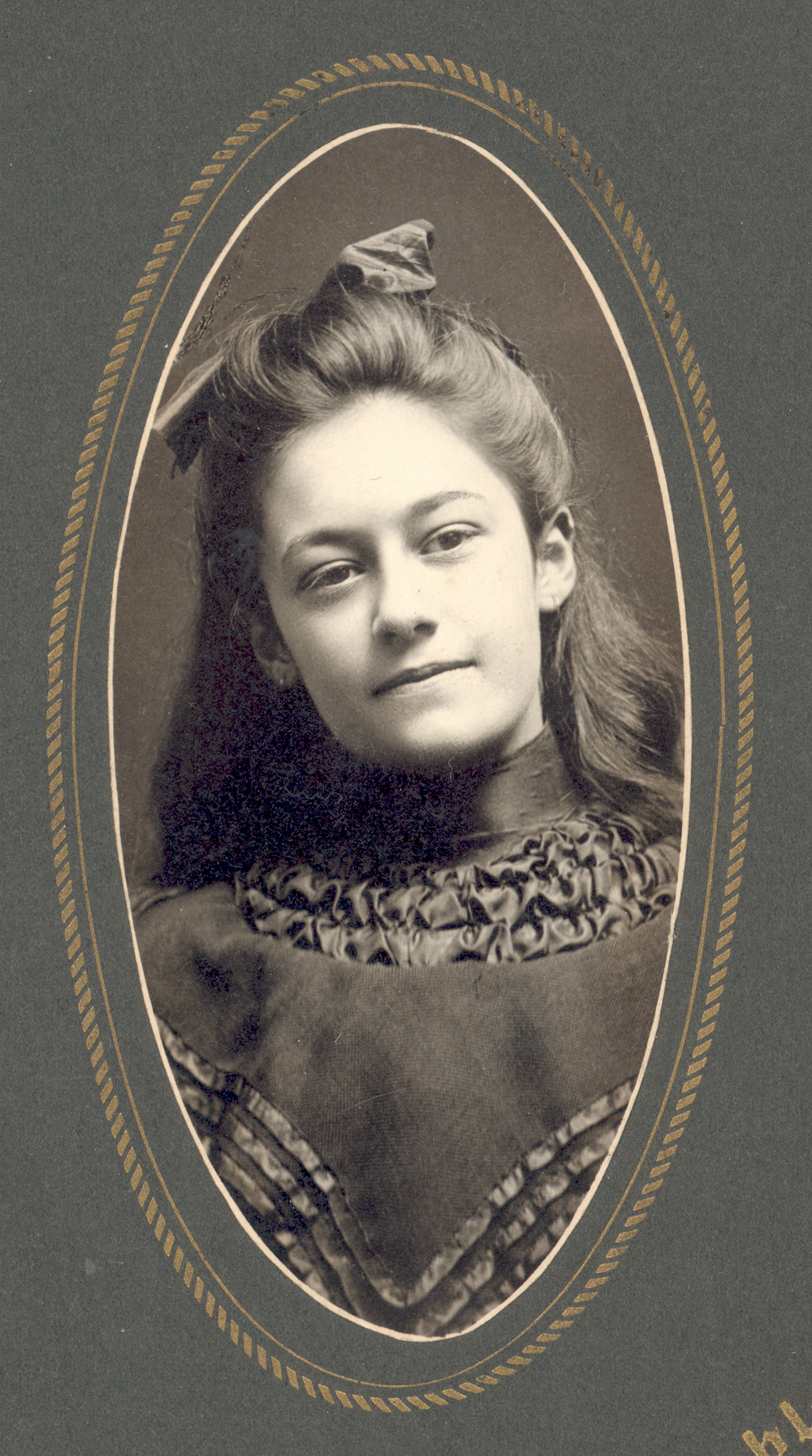
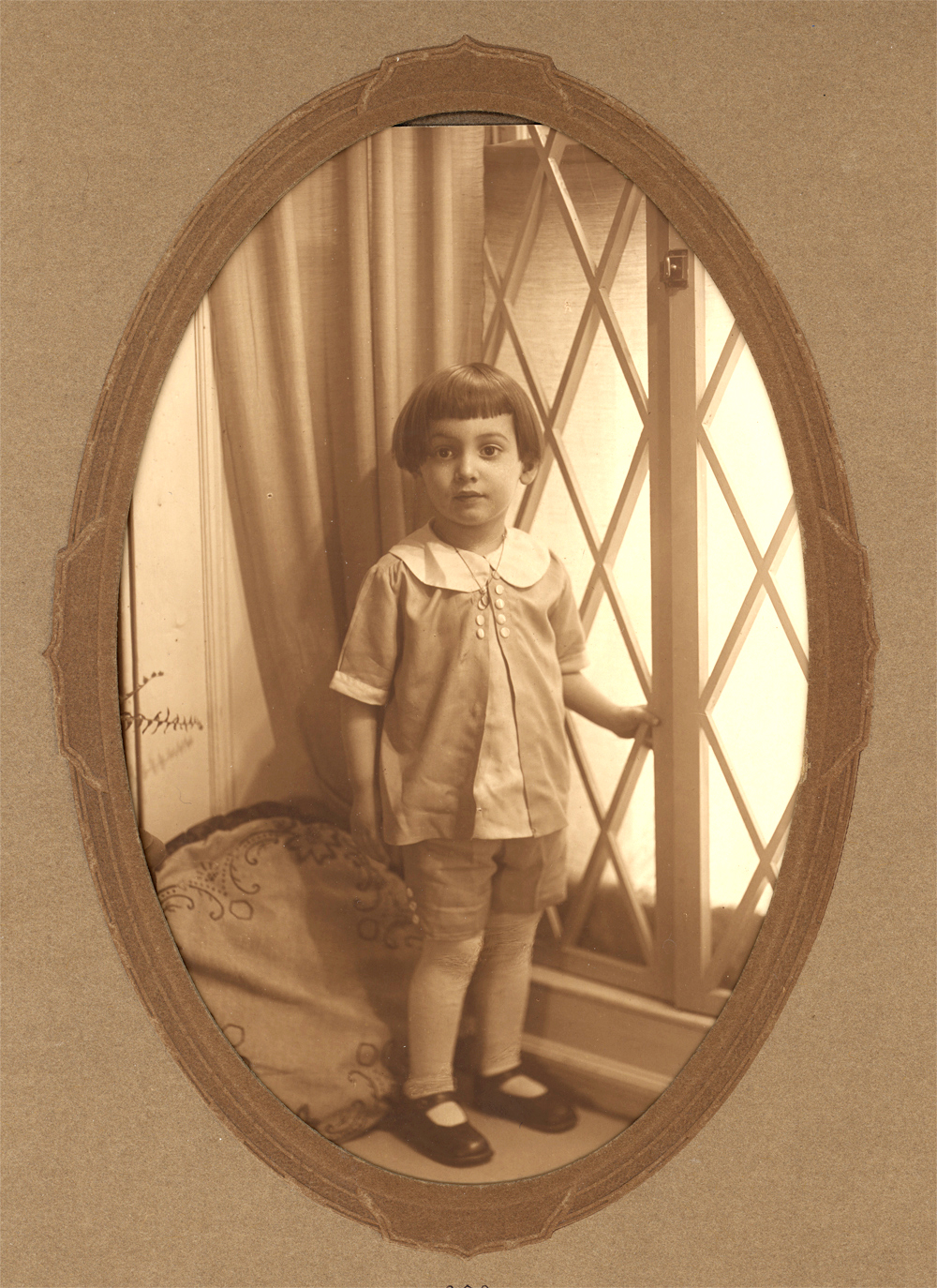
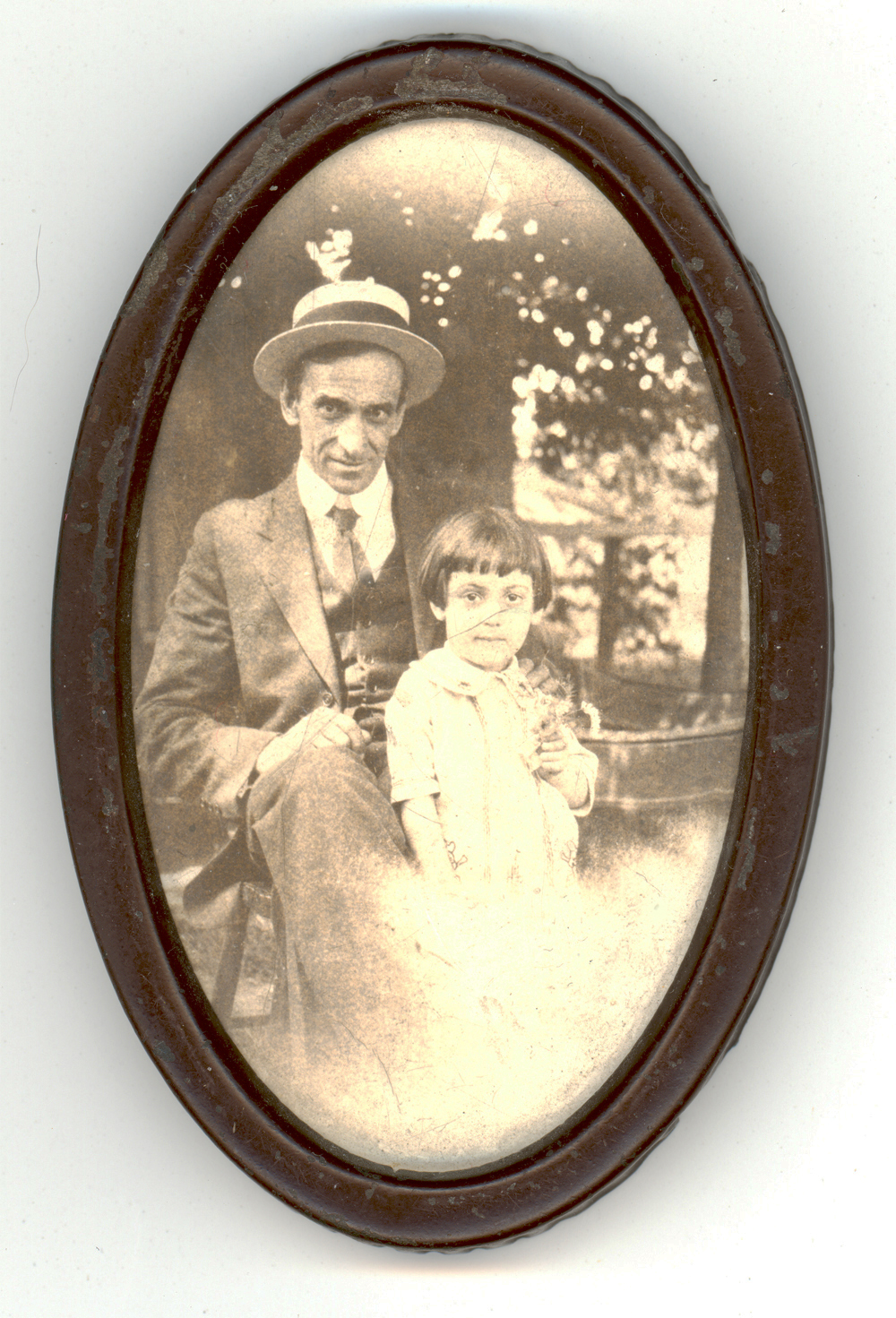
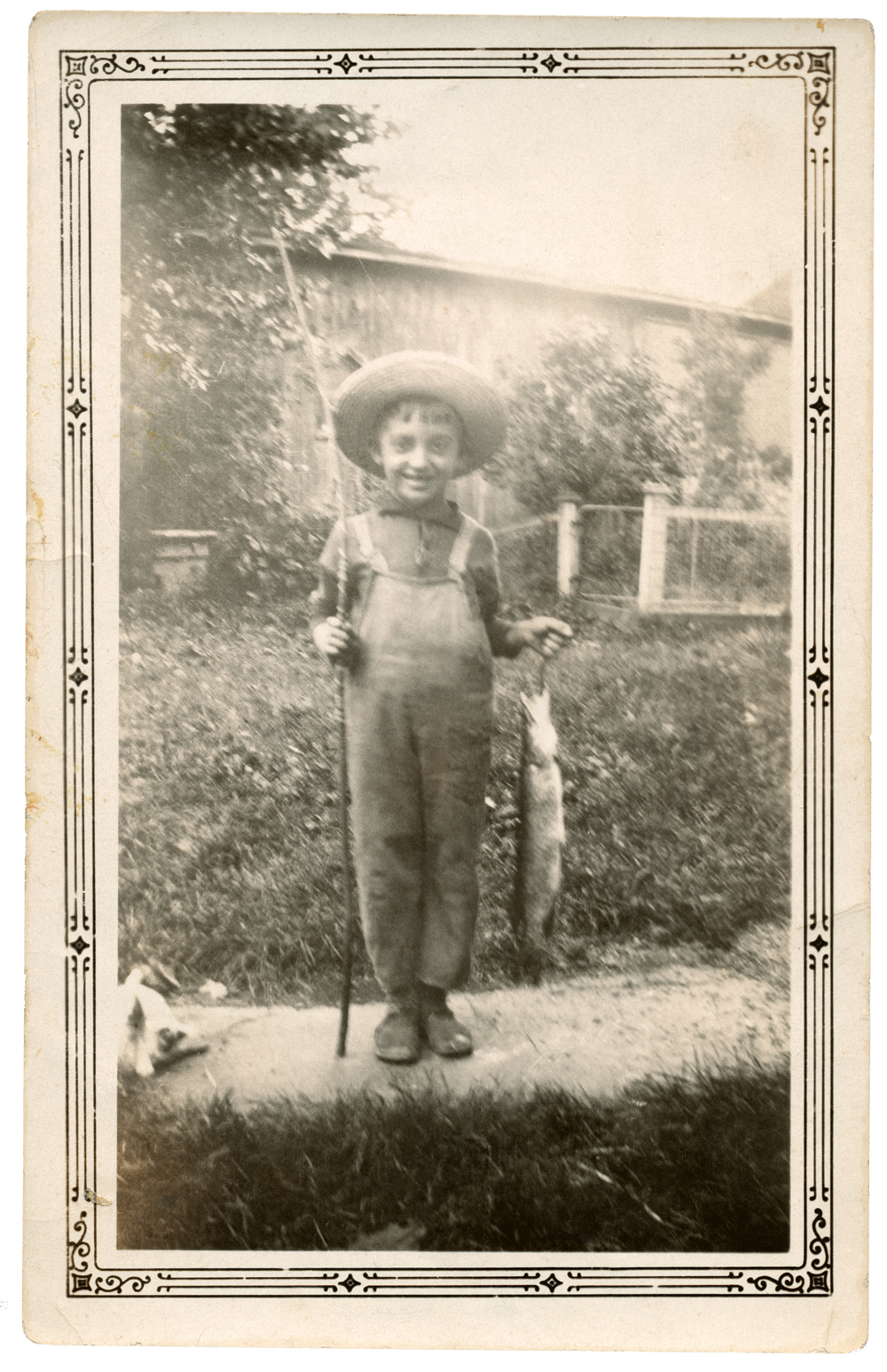
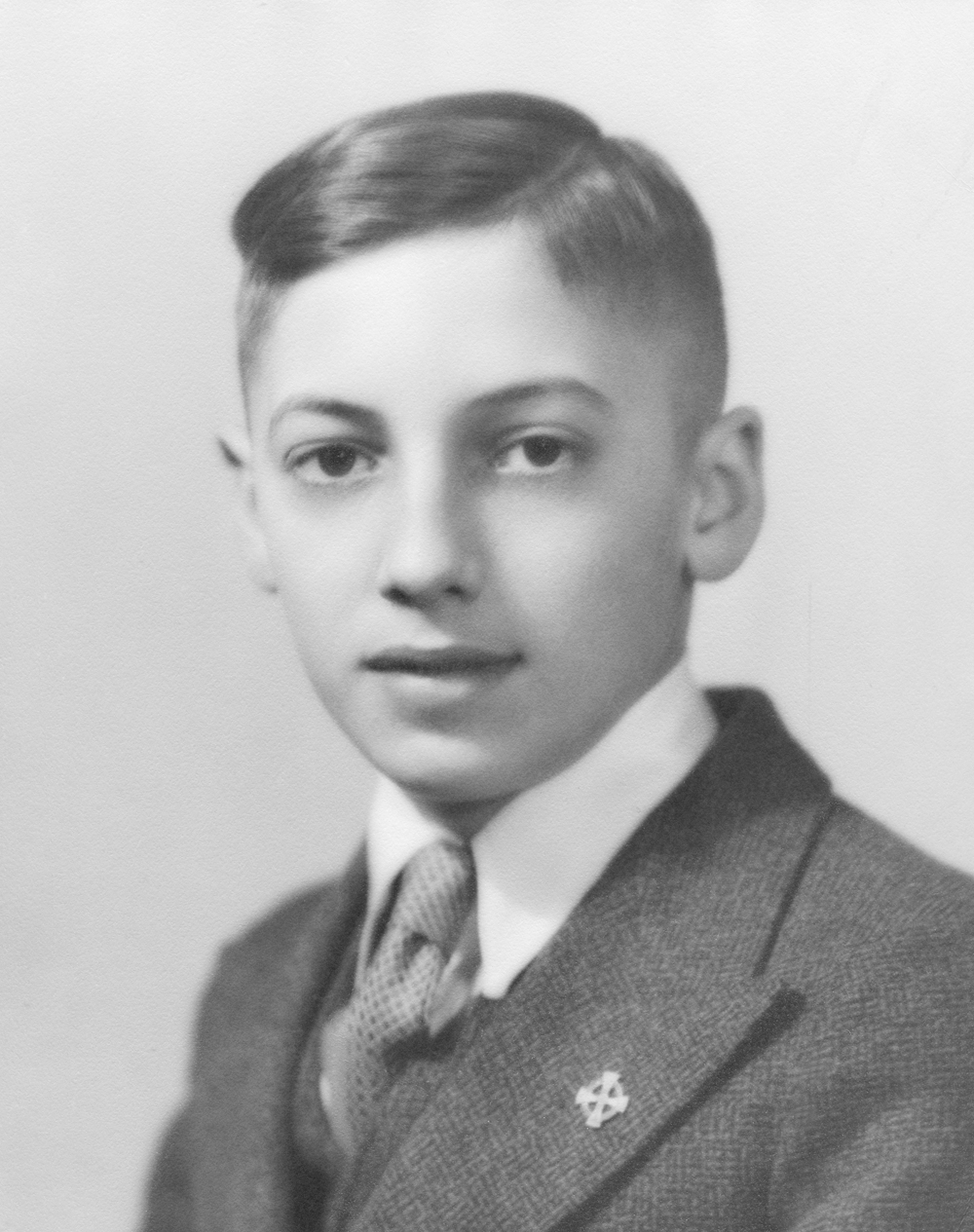
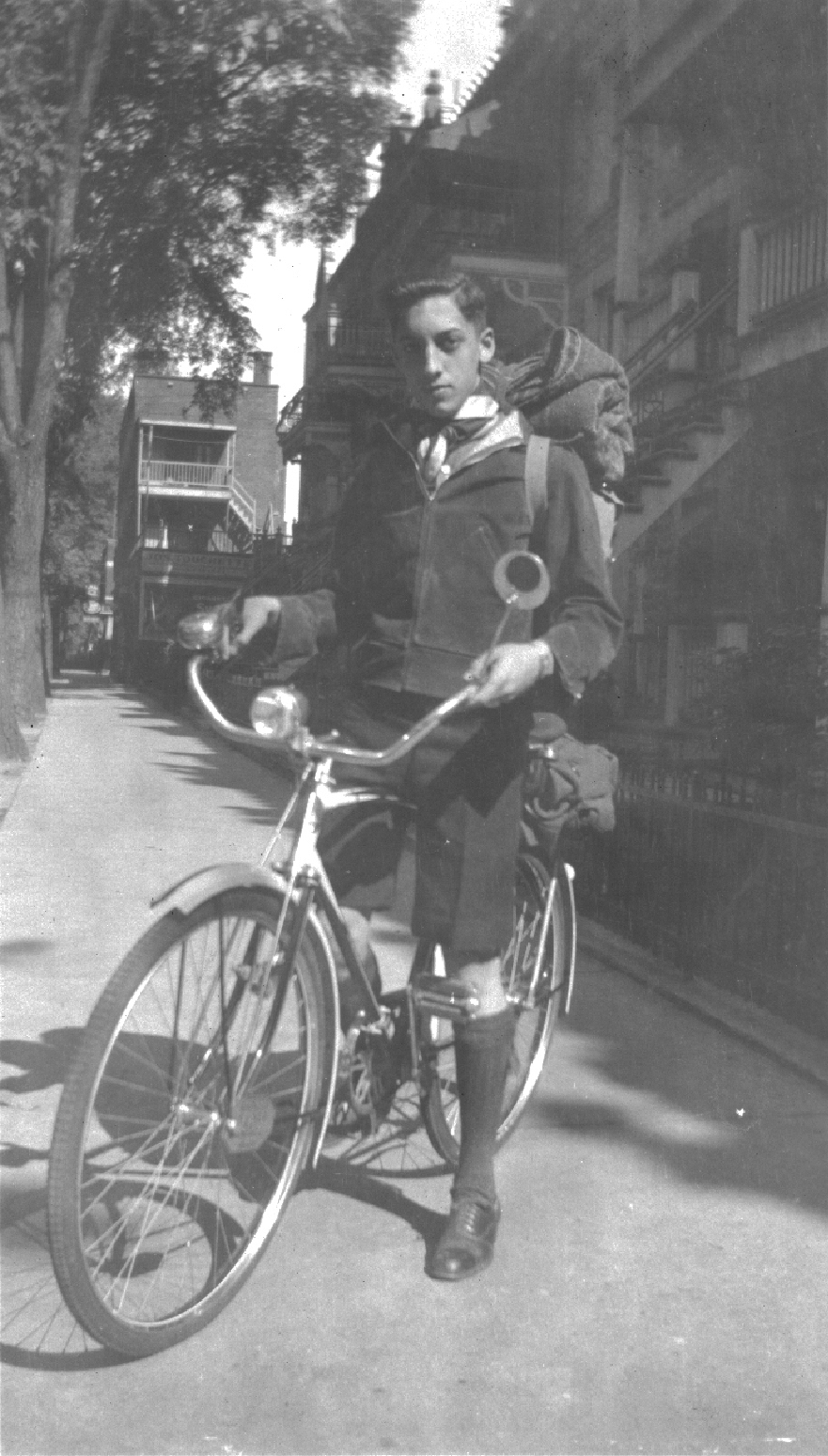
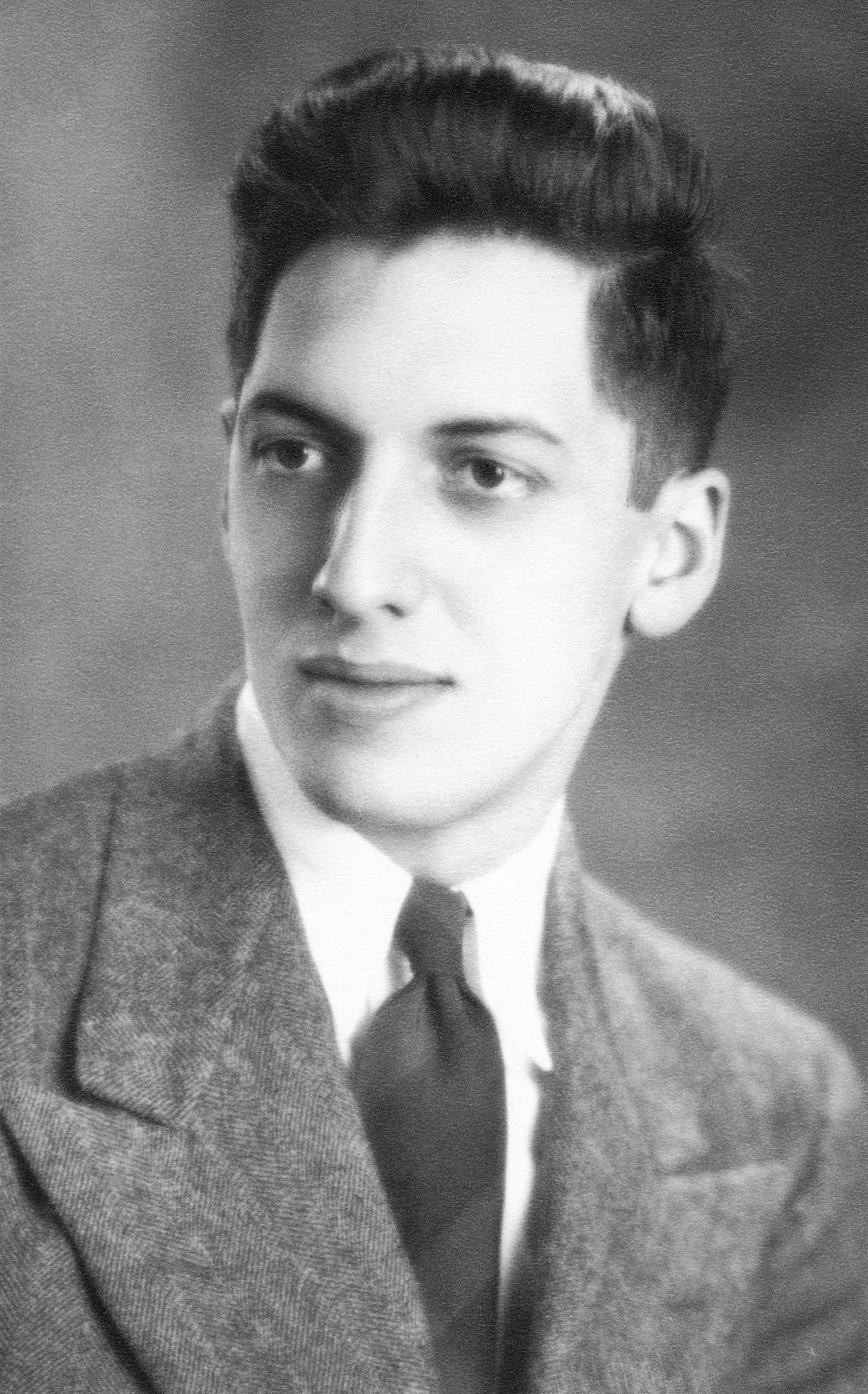
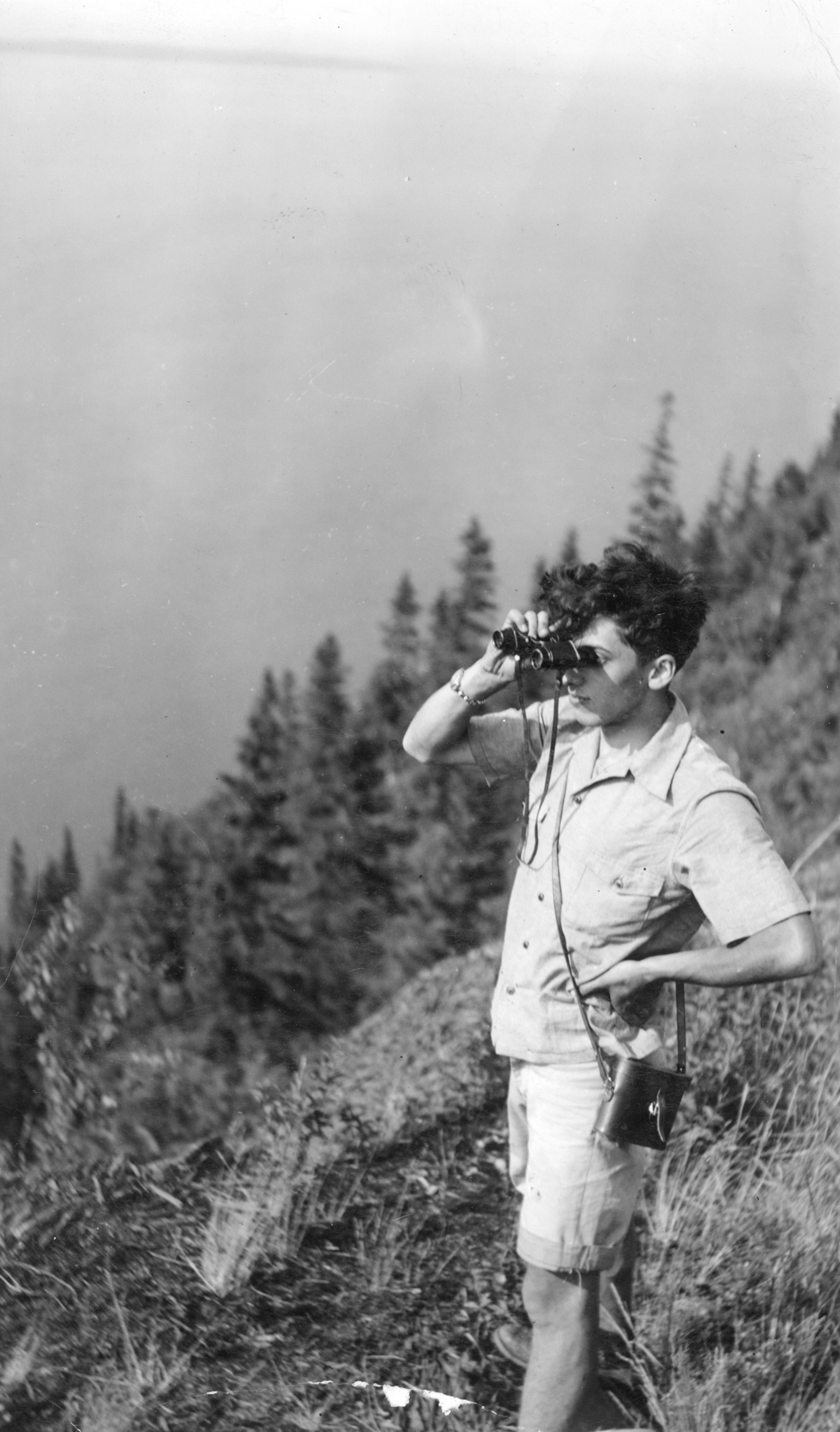
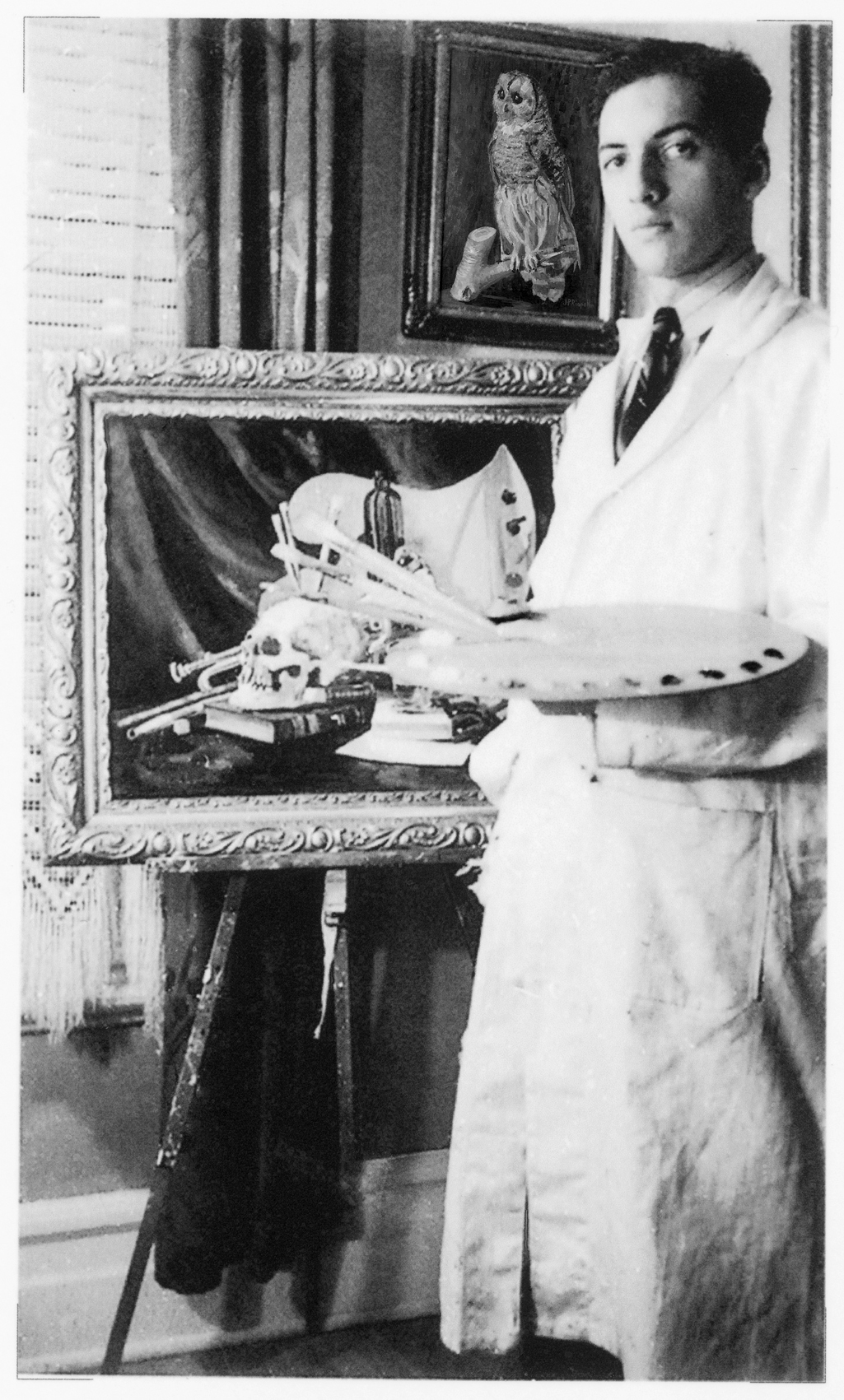
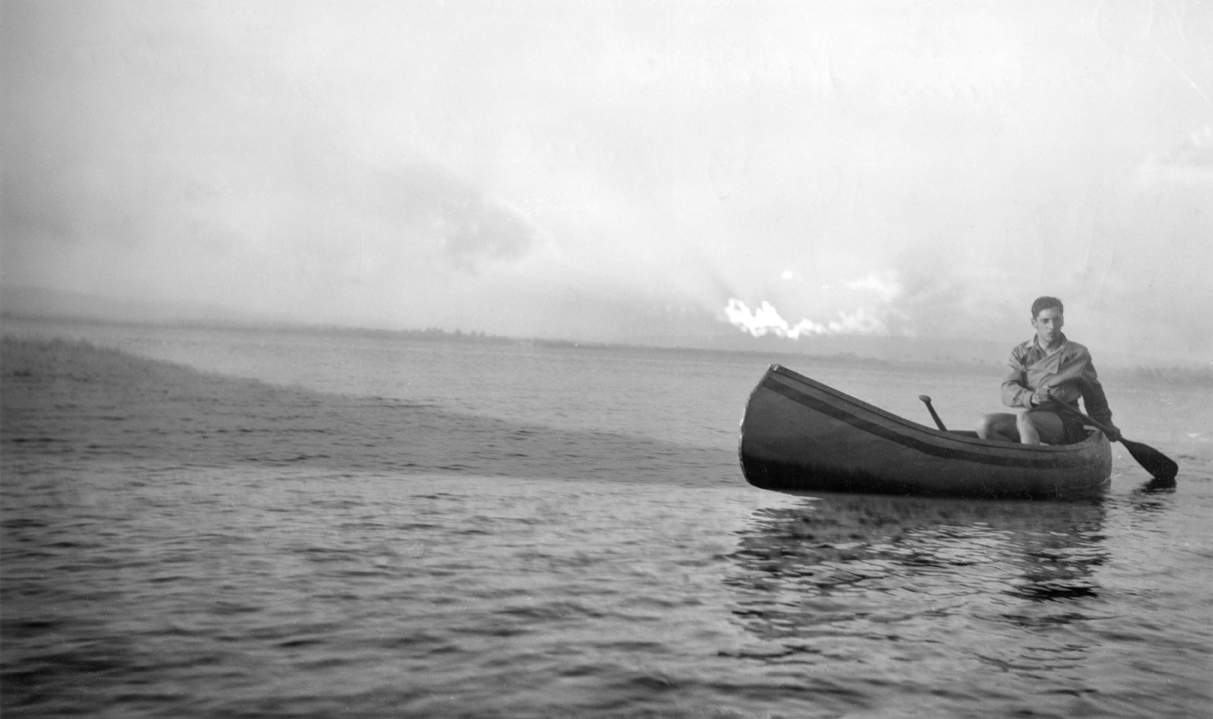
 Youth Project
Youth Project
 Teen Project
Teen Project
 Project for Everyone
Project for Everyone

